The summer before the 1921 NFL season, George Halas, the Chicago Staleys’ player-coach, started having trouble with his knee. So off he went to Youngstown, Ohio, to “spend a few days with Bonesetter Reese,” the Decatur Daily Review reported.
Doc Reese was the Dr. James Andrews of his time . . . except for one thing: He didn’t have a medical degree — just the know-how he’d picked up watching lay healers ply their trade in the steel mills of his native Wales. But he was such a miracle worker that the Ohio legislature granted him special permission to do, well, whatever it was he did.
John D. Reese functioned much as a chiropractor or physical therapist might today, manipulating bones and muscles until he achieved the desired effect. Countless athletes sought him out to cure what ailed them — nonathletes, too. Indeed, traveling to Youngstown could be like making a pilgrimage to Lourdes. There was something almost mystical about the man with the “million-dollar hands,” as newspapers described them, and his secretiveness about his techniques only added to the mystery.
“Large, sinewy and knotty, [his hands] were the sort you’d expect to see upon a steel worker,” Bill Jones wrote in the Syracuse Herald.
The very sight of them created the impression of power, but gives no hint of the wonderful delicacy of touch that enables him to locate instantly a displaced muscle or a tiny broken bone.
A callus on the knuckle of each middle finger is [indicative] of the great number of cases Reese has treated. These calluses, about the size of a five-cent piece, and as hard as a stone, are the result of his bonesetting practice. It is with the knuckles of his middle finger that Reese forces broken bones together. These calluses, his sensitive fingers and powerful arms and shoulders are his only instruments.
Bonesetter’s backstory goes like this: Orphaned at 11, he came to America in the late 1800s and got a job in a Pittsburgh mill. One day a worker fell from a ladder and lay on the ground, writhing in pain. None of the first responders had a clue what to do. So Reese stepped in, applied his Magic Fingers to the man’s back and had him on his feet in no time, good as new.
Word of the incident traveled far — to the other side of the Atlantic, even. Before long, the Doc “had so much business in alleviating pain and curing cripples that he set up professionally in that line and has been at it ever since,” the Brooklyn Eagle reported in 1922.
Halas went to Bonesetter several times over the years to fix various hurts — of both the football and baseball kind. (George was a good enough outfielder to get a brief trial with the New York Yankees.) The Doc was renowned for his ability to revive pitching arms; Cy Young, Ed Walsh and Smoky Joe Wood all sought out his services, as did boxers, jockeys and circus acrobats.
Once, David Lloyd George, the British prime minister (and a fellow Welshman), showed up at Reese’s door, complaining of strain caused by shaking so many hands on his U.S. tour. Bonesetter cured him with a “gentle handshake and quick wrench,” according to Time magazine. (Another of the Doc’s patients was the daughter of Charles W. Fairbanks, Teddy Roosevelt’s vice president.)
Reese generally avoided publicity, though, despite his occasional mention in Time. In a rare interview in 1913 he said, “I despise notoriety, and I don’t know what I can say that will be of interest. I know very few ballplayers. While it is true enough that I have treated hundreds of them, I rarely ask a player’s name. In fact, I haven’t asked a man his name since 1908.”
But then, there was little about Reese that was orthodox. He didn’t, for instance, charge his patients set fees. “If you feel like giving me something,” he would tell them, “whatever you like will be all right.” Thus payment could range from a 10-cent cigar to a luxury car. No one was ever turned away from 219 Park Avenue. At his peak, he saw 80 patients a day.
Among the healed was a young girl named Elma H. Wilkins, who wrote about the experience years later in the Washington Post. The picture she painted: “My father and I boarded the Youngstown train. We found ourselves members of a little army of cripples. Some hobbled and leaned heavily on canes; others slumped still more heavily between crutches. There seemed to be a sort of ‘misery-loves-company’ spirit among us. Before long we became acquainted, and spent the time telling stories about the different accidents which had brought us together on that particular train.”
Sitting in the waiting room outside Reese’s office gave you the willies, Wilkins reminisced. “Nerve-racking shrieks” were intermittently heard through the door, and patients wondered what the heck was going on in there. But then a girl, on crutches not long before, walked happily out with her mother — the first of a “succession of miracles” performed by the Doc.
“What Bonesetter’s powers are is a puzzle to scientists who are always bent on determining the wherefore of everything which the ordinary run of man on the street might ascribe to divine power,” E. J. Hamilton, the Chicago newspaperman, wrote. “They’ll tell you that divine power is a lot of hokum. Then, when they come across such a man as Reese, modest, without technical training of any sort, performing miraculous things, they’ll shrug their shoulders as did Gibbon, the great historian, in one of his attempts to explain the working out of a biblical prophecy, and concede that perhaps, after all, there may be something divine in the world guiding the destinies and powers of men.”
In 1921, when Halas paid him a visit, Bonesetter was 66 years old. His hair — what was left of it — had turned white, and his bushy mustache, round features and ruddy complexion gave him an avuncular look. His wife, Sarah, had passed away, but he had five daughters to dote on him. The youngest, Gertrude, was said to have inherited his gift for healing.
Reese never entirely understood athletes. He and his daughter attended to them “night and day, getting the ballplayers’ muscles and bones fixed up,” he said in 1927. “Then we turn them back to the leagues in perfect condition and go off to recuperate from our strenuous efforts while they are getting themselves smashed up again.”
It particularly troubled him that he would prescribe rest for a player and “the next day I would pick up the paper and see his name in the box score.” By the end of his life he had stopped treating athletes, he claimed — though some, no doubt, still sneaked unannounced into his office. His celebrity had raised expectations so high, he said, that players would “feel that I should guarantee a sure cure. I have enough work to keep me busy without treating [them].”
When Bonesetter died in 1931, testimonials poured forth. Nobody “could unkink snarled muscles and joints and break and reset broken fingers” quite like Reese, said syndicated columnist Westbrook Pegler. The Doc “contributed to the fame of Youngstown . . . almost as Schlitz contributed to the renown of Milwaukee.”
Revised from my 2012 book, The National Forgotten League (University of Nebraska Press).

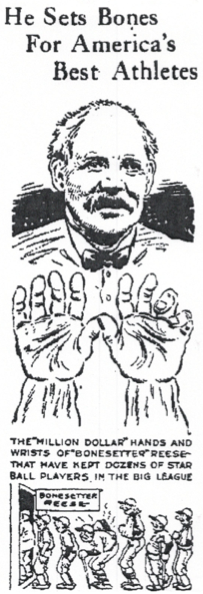

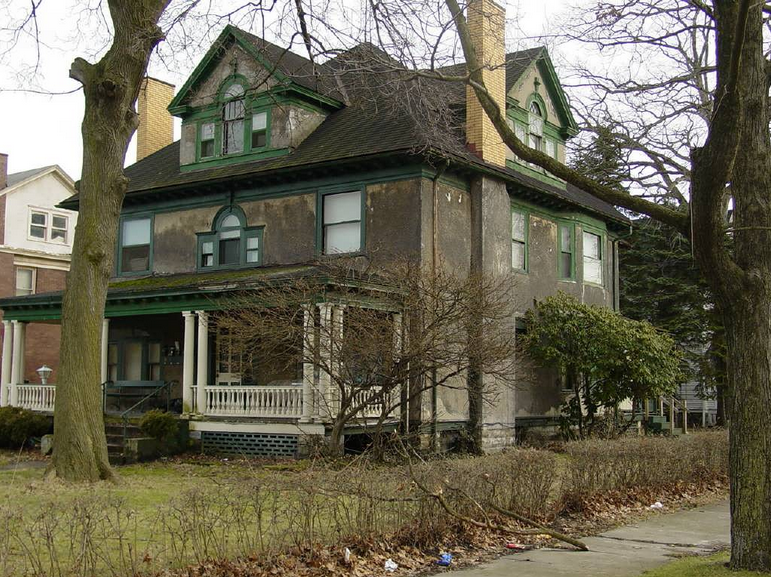


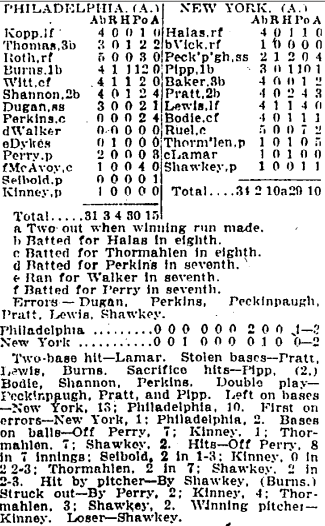

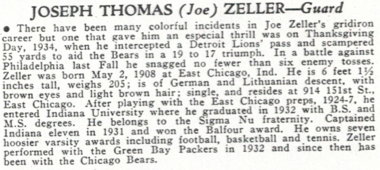
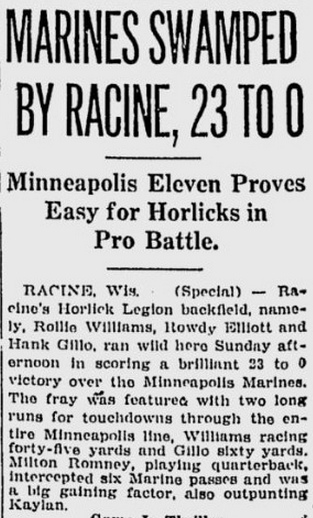

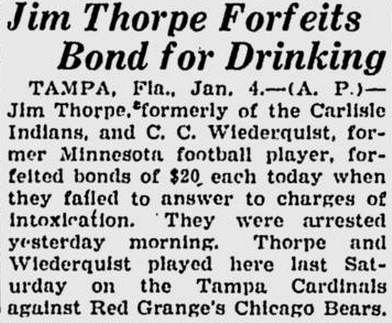
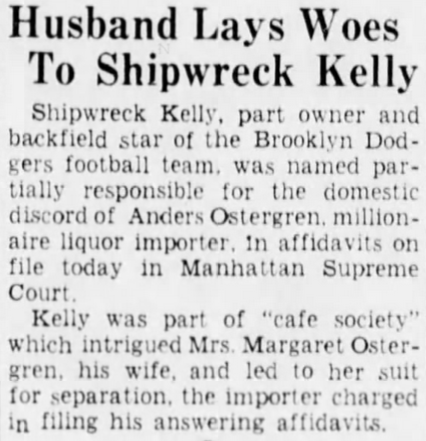
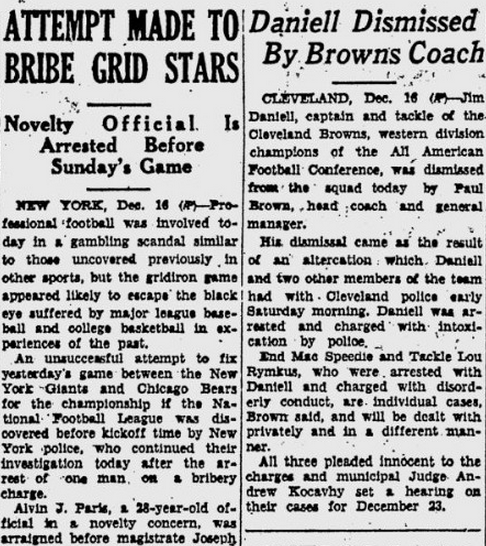
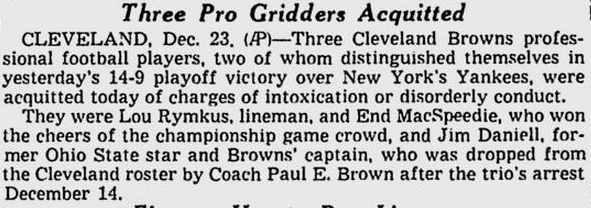
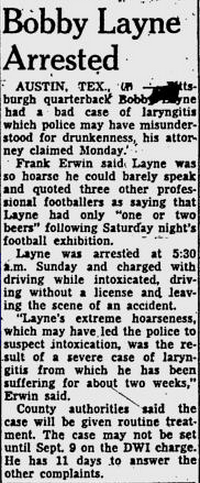

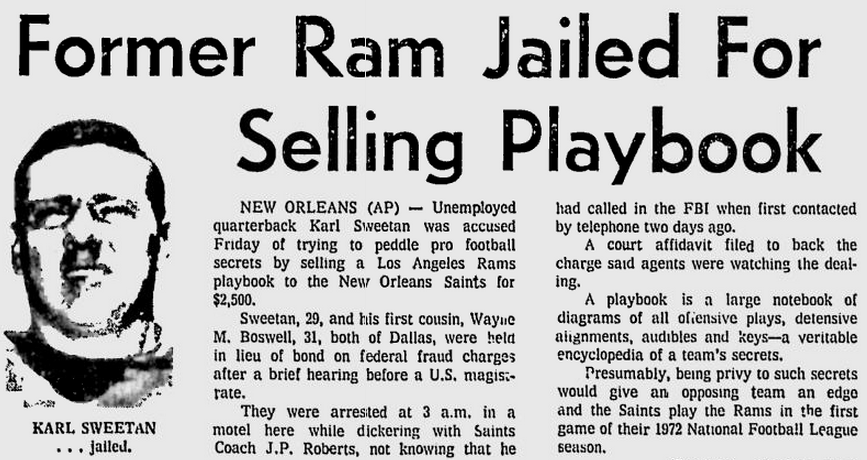
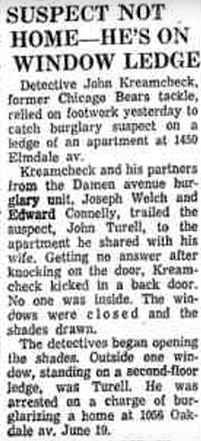
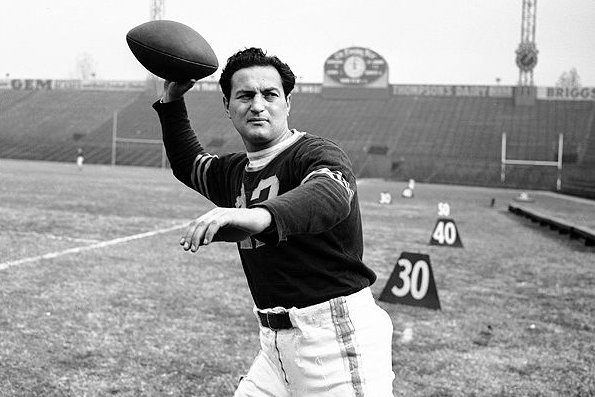

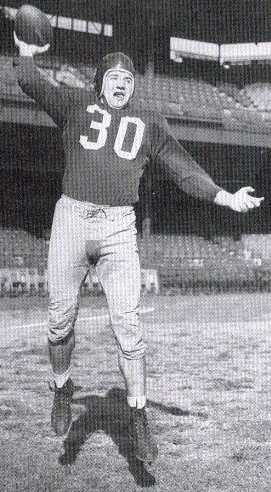

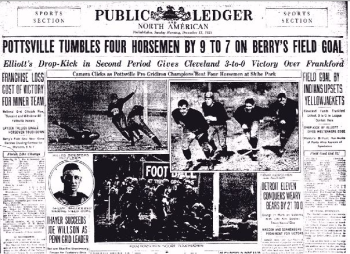



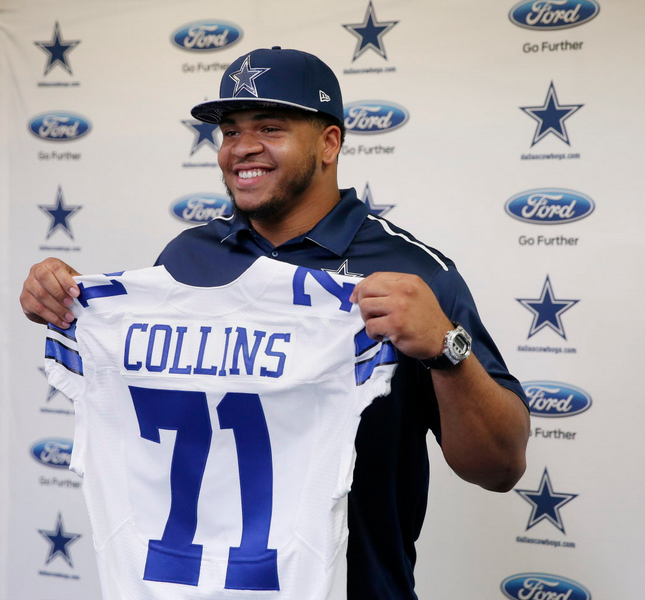

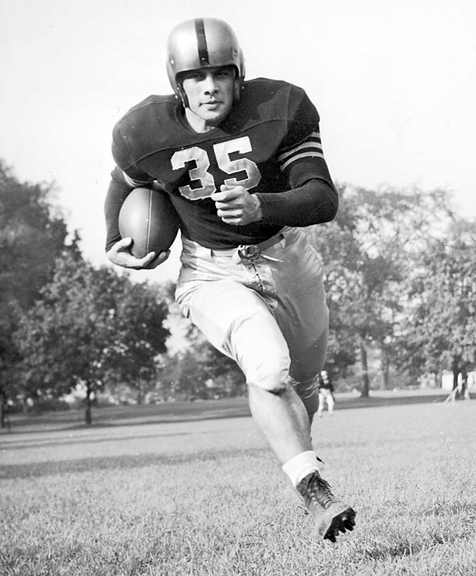


![Terry Baker: a better arm “for carrying around a trophy [than] throwing a football."](https://profootballdaly.com/wp-content/uploads/2015/04/Terry-Baker-with-Heisman.png)